Analysis of Flow Field Characteristics in Proton Exchange Membrane Fuel Cells Based on Bio-Inspired Leaf-Vein Structures
DOI: 10.23977/jeeem.2025.080109 | Downloads: 9 | Views: 1098
Author(s)
Zhang Anzhuang 1, Zhang Tong 1,2
Affiliation(s)
1 School of Automotive Studies, Tongji University, Shanghai, China
2 Yangtze Delta Region Institute of Tsinghua University, Zhejiang, Jiaxing, 314006, China
Corresponding Author
Zhang TongABSTRACT
Traditional fuel cell flow field structures often suffer from non-uniform current and reactant distributions, which hinders reaction efficiency and fuel utilization. To address these issues, this study establishes a bio-inspired leaf-vein PEMFC simulation platform based on FLUENT, investigating the impact of various flow field geometries on species distribution, pressure drop, and electrochemical performance. Results show that when the primary–secondary vein angle is set to 30°, the average oxygen concentration at the catalyst layer interface reaches 3.05 mol/m³, and the current density is well balanced with an average value of 0.70 A/cm². Meanwhile, the water saturation at the interface is reduced to 0.13 or below. At 0.4 V, the peak current density reaches 0.97 A/cm² with a water removal efficiency exceeding 94%. Introducing secondary branches leads to a 6.3% increase in average reactant concentration at the GDL–CL interface and approximately 20% reduction in pressure drop. Moreover, the high-current-density region shifts about 20% toward the outlet, indicating a better distribution of mass transfer pathways. Overall, under the condition of over 94% water removal efficiency, the parasitic power loss is reduced by approximately 8%.
KEYWORDS
Proton exchange membrane fuel cell, Leaf-Vein-Inspired Flow Field, Secondary Flow Channel, Current DensityCITE THIS PAPER
Zhang Anzhuang, Zhang Tong, Analysis of Flow Field Characteristics in Proton Exchange Membrane Fuel Cells Based on Bio-Inspired Leaf-Vein Structures. Journal of Electrotechnology, Electrical Engineering and Management (2025) Vol. 8: 63-72. DOI: http://dx.doi.org/10.23977/jeeem.2025.080109.
REFERENCES
[1] ZHU D, AIT-AMIRAT Y, N'DIAYE A, et al. Active thermal management between proton exchange membrane fuel cell and metal hydride hydrogen storage tank considering long-term operation [J]. Energy Conv Manag, 2019, 202.
[2] WANG Y, SHI Y, LUO Y, et al. Dynamic analysis of a micro CHP system based on flame fuel cells [J]. Energy Conv Manag, 2018, 163: 268-277.
[3] PEI P, LI Y, XU H, et al. A review on water fault diagnosis of PEMFC associated with the pressure drop [J]. Applied Energy, 2016, 173: 366-85.
[4] HU D, WANG Y, LI J, et al. Investigation of optimal operating temperature for the PEMFC and its tracking control for energy saving in vehicle applications [J]. Energy Conv Manag, 2021, 249.
[5] KLOESS J P, WANG X, LIU J, et al. Investigation of bio-inspired flow channel designs for bipolar plates in proton exchange membrane fuel cells [J]. Journal of Power Sources, 2009, 188(1): 132-140.
[6] SUáREZ C, IRANZO A, TOHARIAS B, et al. Experimental and numerical Investigation on the design of a bioinspired PEM fuel cell [J]. Energy, 2022, 257.
[7] ZHANG S, XU H, QU Z, et al. Bio-inspired flow channel designs for proton exchange membrane fuel cells: A review [J]. Journal of Power Sources, 2022, 522.
[8] BADDURI S R, SRINIVASULU G N, RAO S S. Influence of bio-inspired flow channel designs on the performance of a PEM fuel cell [J]. Chinese Journal of Chemical Engineering, 2020, 28(3): 824-831.
| Downloads: | 5503 |
|---|---|
| Visits: | 288466 |
Sponsors, Associates, and Links
-
Power Systems Computation
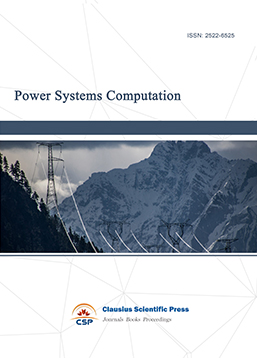
-
Internet of Things (IoT) and Engineering Applications
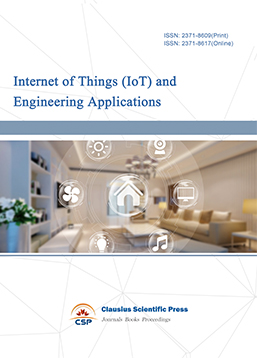
-
Computing, Performance and Communication Systems
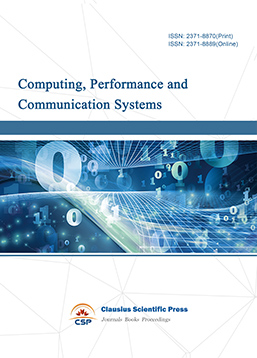
-
Journal of Artificial Intelligence Practice

-
Advances in Computer, Signals and Systems
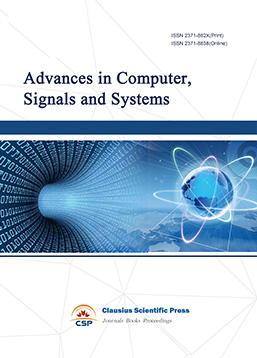
-
Journal of Network Computing and Applications

-
Journal of Web Systems and Applications
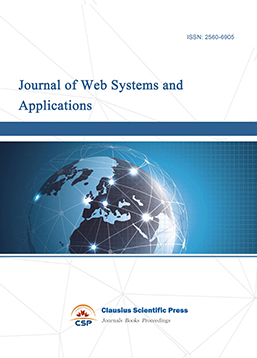
-
Journal of Wireless Sensors and Sensor Networks
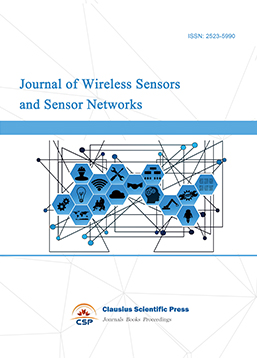
-
Journal of Image Processing Theory and Applications
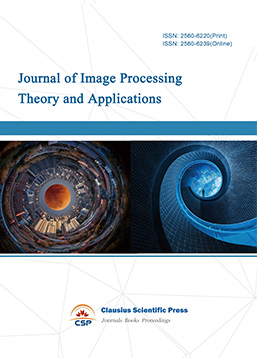
-
Mobile Computing and Networking

-
Vehicle Power and Propulsion
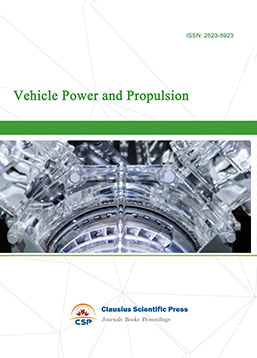
-
Frontiers in Computer Vision and Pattern Recognition
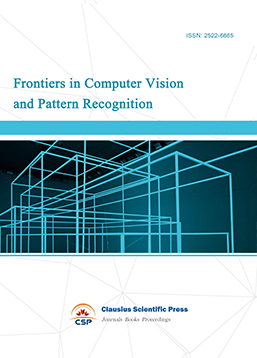
-
Knowledge Discovery and Data Mining Letters

-
Big Data Analysis and Cloud Computing

-
Electrical Insulation and Dielectrics
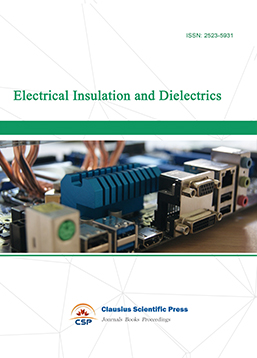
-
Crypto and Information Security

-
Journal of Neural Information Processing
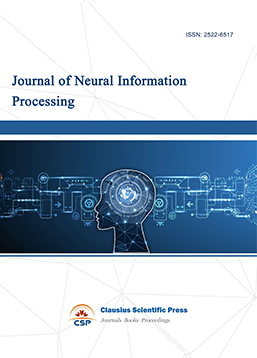
-
Collaborative and Social Computing

-
International Journal of Network and Communication Technology

-
File and Storage Technologies
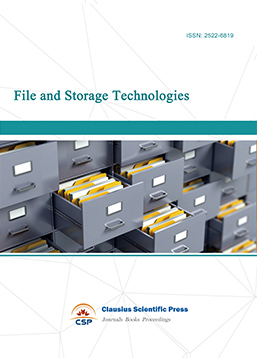
-
Frontiers in Genetic and Evolutionary Computation
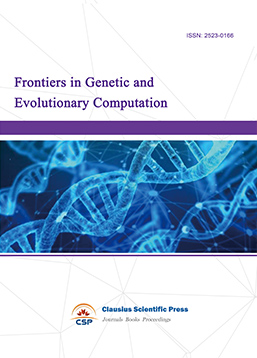
-
Optical Network Design and Modeling
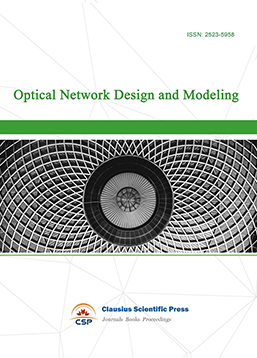
-
Journal of Virtual Reality and Artificial Intelligence
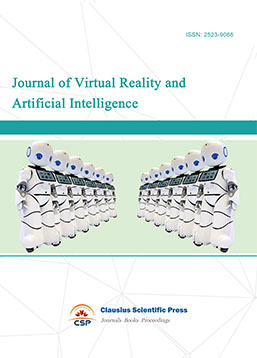
-
Natural Language Processing and Speech Recognition
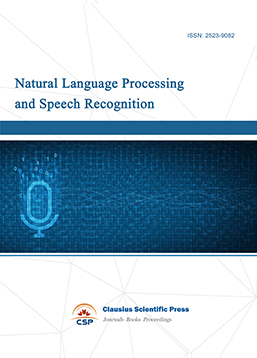
-
Journal of High-Voltage
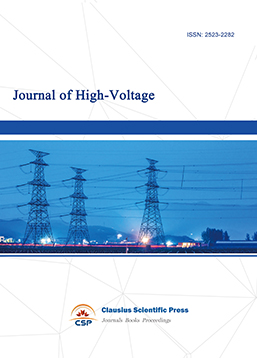
-
Programming Languages and Operating Systems
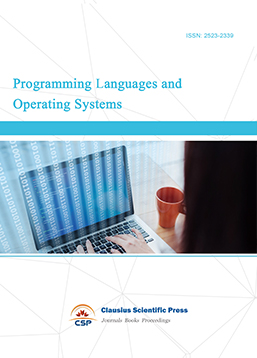
-
Visual Communications and Image Processing

-
Journal of Systems Analysis and Integration
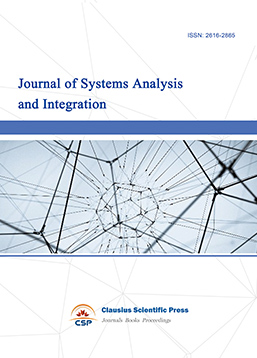
-
Knowledge Representation and Automated Reasoning
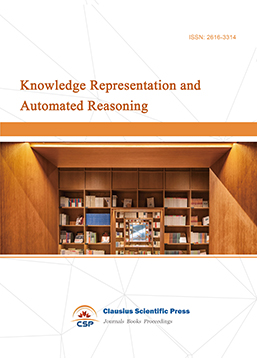
-
Review of Information Display Techniques
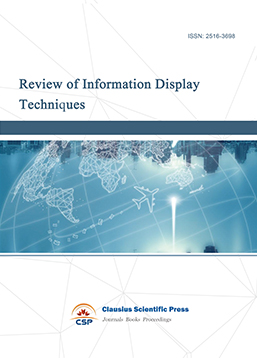
-
Data and Knowledge Engineering
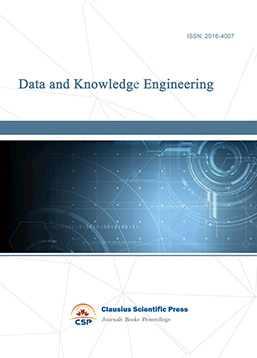
-
Journal of Database Systems
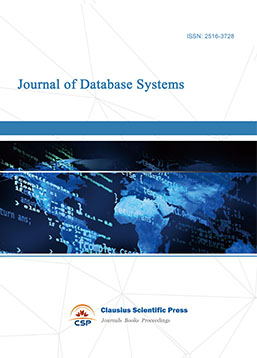
-
Journal of Cluster and Grid Computing

-
Cloud and Service-Oriented Computing

-
Journal of Networking, Architecture and Storage

-
Journal of Software Engineering and Metrics
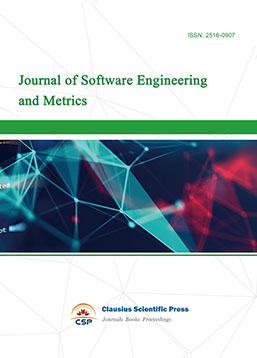
-
Visualization Techniques
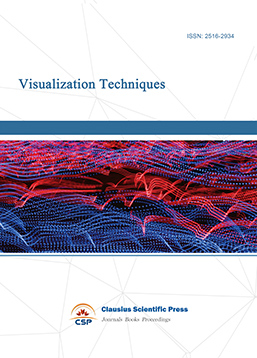
-
Journal of Parallel and Distributed Processing
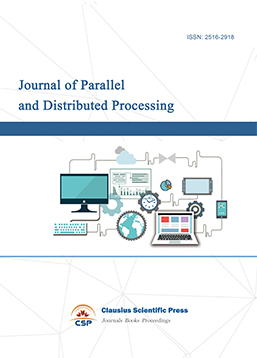
-
Journal of Modeling, Analysis and Simulation
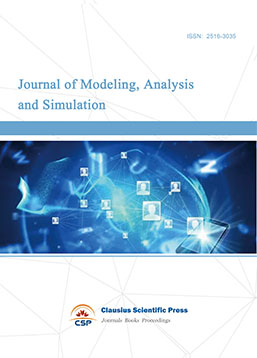
-
Journal of Privacy, Trust and Security

-
Journal of Cognitive Informatics and Cognitive Computing

-
Lecture Notes on Wireless Networks and Communications

-
International Journal of Computer and Communications Security

-
Journal of Multimedia Techniques

-
Automation and Machine Learning
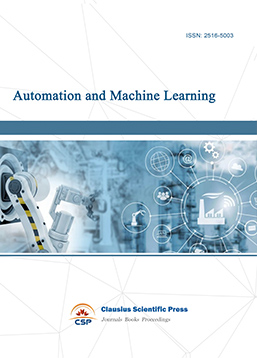
-
Computational Linguistics Letters
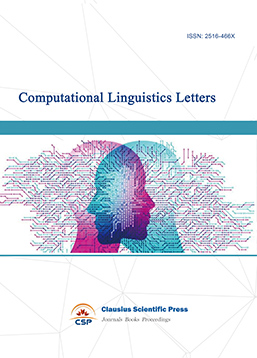
-
Journal of Computer Architecture and Design
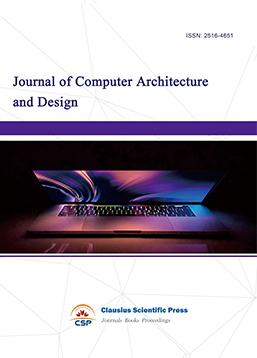
-
Journal of Ubiquitous and Future Networks


 Download as PDF
Download as PDF